
From the first time he came to survey the prime land of the HAUS Da Lat project (in front of Xuan Huong Lake, Xuan Huong Ward - Da Lat, Lam Dong Province), architect Kengo Kuma was confident that he and his colleagues could create "something very special" here.
As major cities are increasingly becoming more concreted, he not only wishes to create the first ESG real estate project in Vietnam, but also aims to deeply connect with the surrounding community, redefining global luxury standards.
At present, when the project is gradually taking shape, he is confident that this will be one of the most unique residential and resort complexes in the world.
Architect Kengo Kuma shared about this special project.
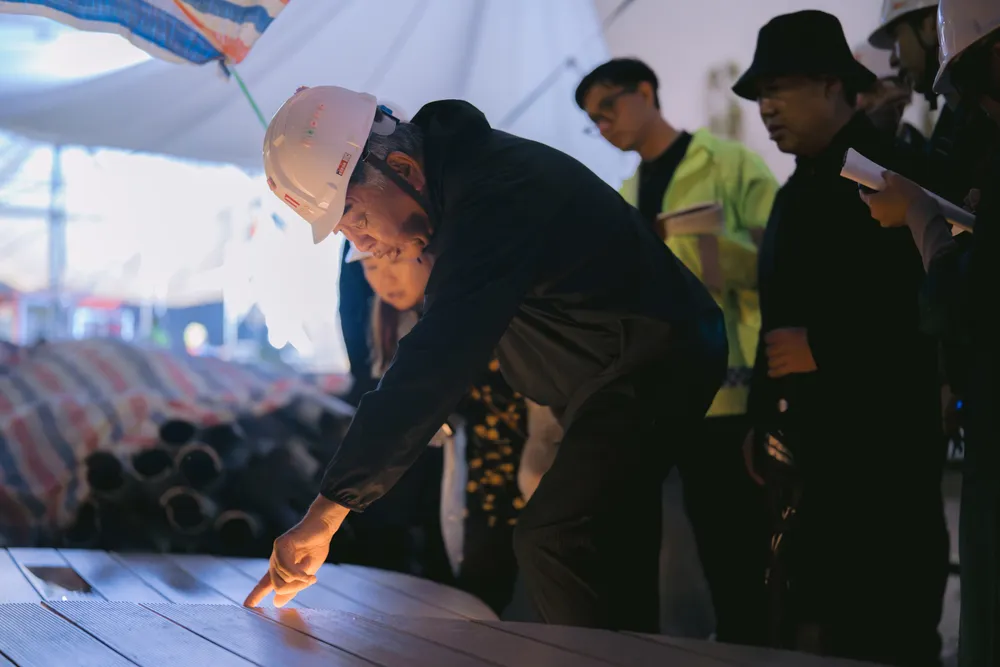
A legacy for future generations
- Hello Mr. Kengo Kuma, thank you for accepting to share . As a globally renowned design legend with many iconic projects, famous for being fastidious and meticulous in choosing projects and partners, why did you choose the land of thousands of flowers (formerly Da Lat City) as your next mark? How did the investor of the HAUS Da Lat project convince you?
- When I was invited to join the project, I knew absolutely nothing about Da Lat City (before), so I decided to visit and experience it for myself. Walking around the project site was a completely different experience than looking at photos, and from the very first visit, I was left with a strong impression of the uniqueness of this place.
In the context of global warming, Da Lat is like a dreamland. I can feel the cool breeze from the pine forest and enjoy the vibrant yet sophisticated street life, with dishes rich in fresh green vegetables and specialties such as avocado and yogurt.
As for the HAUS Da Lat project, this is a hard-to-find golden land right in the heart of the land of thousands of flowers, in front of Xuan Huong Lake. The combination of terrain and landscape gives me the belief that something very special can be created. I immediately think of Karuizawa in Japan, also at an altitude of over 1,000m, attracting people with special “taste” for relaxation.
Therefore, I believe HAUS Da Lat will be one of the most unique residential and resort complexes I have ever designed.
But what convinced me even more was the developer, The One Destination. They didn’t just build this project for money, they really wanted to leave a legacy for future generations through the first ESG real estate project in Vietnam. There, sustainability and harmony with the surrounding community are top priorities. That resonates with my design philosophy, and I’m really excited about this collaboration.

- In fact, before the HAUS Da Lat project, some opinions said that Da Lat (before) was gradually losing its identity due to the "hot" development of tourism and real estate. With the design philosophy of harmony with nature and respect for local characteristics that you have pursued so far, what do you plan to do to make this project retain the inherent uniqueness of the land while still affirming the mark of Kengo Kuma?
- I noticed that most of the luxury resorts in this land have long copied projects of the 20th century, with a nostalgic feel of European life in the past.
But with HAUS Da Lat, we want to change the definition of luxury and set a new standard for future resorts. No need for classical architecture, marble, high ceilings, or being located in a private, separate area, we can completely aim for a sustainable resort complex, in harmony with the natural landscape and deeply connected with the surrounding community.
In addition to the wood material that has been familiar in my works up to now, here, I also get design inspiration from the unique shapes of pine trees and pine cones to incorporate into the overall construction and many details in this project. We also use stones and metals with special colors, suitable for the terrain here to erase the boundary between architecture and nature.
At the same time, HAUS Da Lat is considered the largest pine forest conservation project in the land of thousands of flowers. At the same time, we plant more trees and flowers suitable for the local soil and climate, as well as focus on landscape design. Welcoming residents and visitors of HAUS Da Lat every day will be a flower gate blooming all four seasons with a special curved arch design made from natural wood materials that are thinly split, hand-bent and combined with special wood processing techniques, ensuring sustainability over time, not affected by weather and environment. This is also a big highlight of the project and currently engineers and workers are actively installing and implementing.
Above all, I want to revive the natural, familiar beauty of Da Lat (in the past), of Vietnam in a modern context, when cities are increasingly becoming concreted.
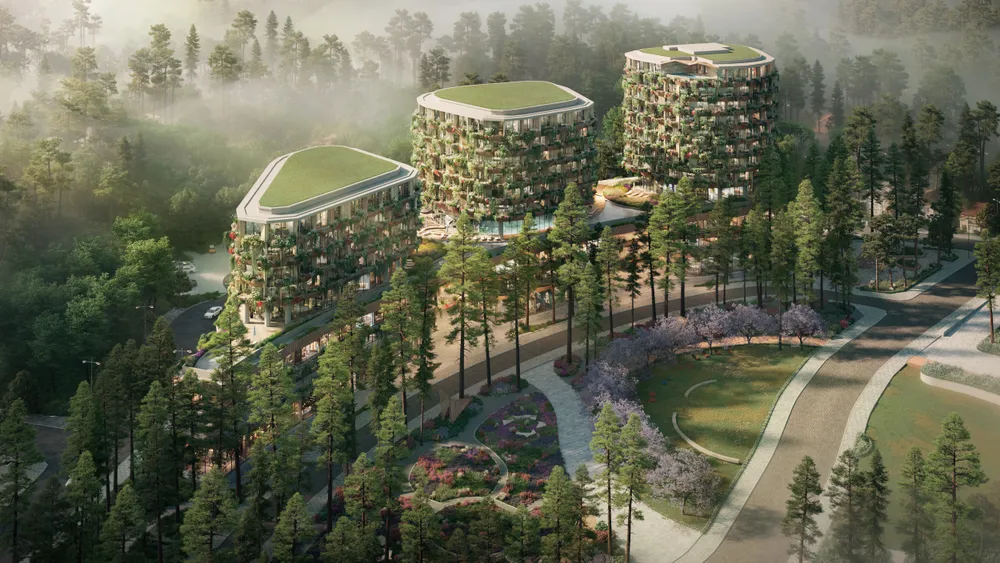
- But to realize these ideas and designs, besides the harmony in philosophy between you and the investor, what is the working process with other stakeholders like?
- Unlike some architects who only leave drawings, we discuss very carefully with contractors about design details and materials. Sometimes we also have arguments, but I believe that is necessary for the success of the project, so that we can build a "one-of-a-kind" residential and resort complex in the world.
And you see, my colleagues and I are often present on the project. Nine weeks ago, I flew here to check the lighting design, and today, before coming to this interview, I checked the important mock-ups of each building. I don't believe in drawings or pictures, I want to go to the site and even touch each model and material.
So far, I am very satisfied with the quality of the model and believe that this will be one of the most unique residential and resort complexes in the world.
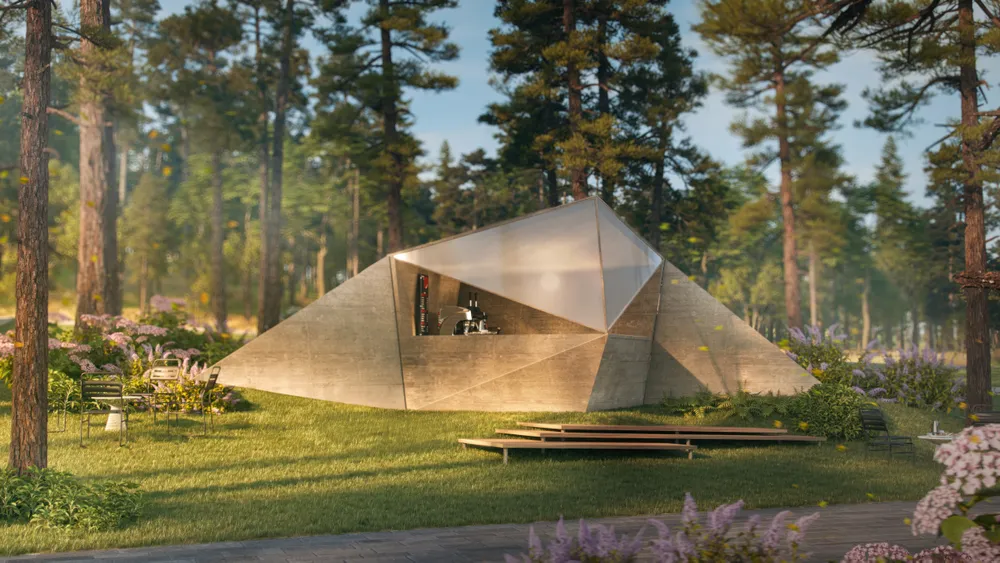
“My colleagues and I are regularly present at the project.”
- With such frequent site visits, do you spend much time exploring other areas in Vietnam? With what you have learned about Vietnam, what advice do you have for investors and architects in Vietnam to continue creating landmark projects, so that the world can know more about this place?
- Actually, I have been to many places in Vietnam, especially tourist destinations. Thanks to that, I can clearly feel the diversity of Vietnam.
Similar to Japan, Vietnam is not a large country but stretches from North to South with each region having its own characteristics in terms of landscape, climate, culture and cuisine. Before coming here, I did not know about that diversity.
So I think it is necessary to honor the diversity of each locality, not to copy resorts or urban designs in other countries. Vietnam should be Vietnam, a country of diversity and closeness.

- In recent years, many international real estate developers have come to Vietnam to implement a series of high-end and luxury real estate projects. How can Vietnam take advantage of this wave of development opportunities while still maintaining its own identity?
- It can be said that Vietnam is an emerging country in the field of high-end and luxury resort real estate.
I also witnessed such a boom in Japan in the 1980s, when foreign investors came to develop projects. However, at that time, most architects did not realize the diversity and uniqueness of Japan, they chose to copy Western culture, such as postmodern style, which actually destroyed Japanese identity.
I think Vietnam should not fall into the same “mistake” as Japan. This place contains many hidden treasures, such as this land of thousands of flowers, which have not yet been discovered. Let’s clearly identify the identity of each land and not copy anywhere.
I believe that the HAUS Da Lat project will be a testament that Vietnam can absolutely become a model of sustainable architecture - where modern development goes hand in hand with natural beauty and its own identity.
Thank you for sharing this!
Kengo Kuma is a contemporary Japanese architect who pursues sustainable architecture through the use of materials, expressing respect for nature and local cultural characteristics.
He founded Kengo Kuma & Associates in 1990 and has completed over 300 projects in 20 countries, with other projects underway in over 50 countries. He was named one of Time magazine's 100 most influential people in the world in 2021.
Not only is he a globally renowned architect, he is also a veteran educator and emeritus professor at the University of Tokyo, and the author of many highly regarded professional books.
Source: https://www.sggp.org.vn/huyen-thoai-thiet-ke-kengo-kuma-muon-hoi-sinh-net-dep-tu-nhien-cua-xu-so-ngan-hoa-post821493.html


![[Photo] Ca Mau "struggling" to cope with the highest tide of the year, forecast to exceed alert level 3](https://vphoto.vietnam.vn/thumb/1200x675/vietnam/resource/IMAGE/2025/11/04/1762235371445_ndo_br_trieu-cuong-2-6486-jpg.webp)

![[Photo] Panorama of the Patriotic Emulation Congress of Nhan Dan Newspaper for the period 2025-2030](https://vphoto.vietnam.vn/thumb/1200x675/vietnam/resource/IMAGE/2025/11/04/1762252775462_ndo_br_dhthiduayeuncbaond-6125-jpg.webp)

![[Photo] Ho Chi Minh City Youth Take Action for a Cleaner Environment](https://vphoto.vietnam.vn/thumb/1200x675/vietnam/resource/IMAGE/2025/11/04/1762233574890_550816358-1108586934787014-6430522970717297480-n-1-jpg.webp)
![[Photo] The road connecting Dong Nai with Ho Chi Minh City is still unfinished after 5 years of construction.](https://vphoto.vietnam.vn/thumb/1200x675/vietnam/resource/IMAGE/2025/11/04/1762241675985_ndo_br_dji-20251104104418-0635-d-resize-1295-jpg.webp)







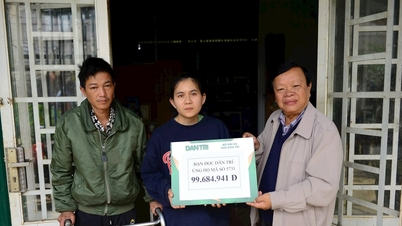
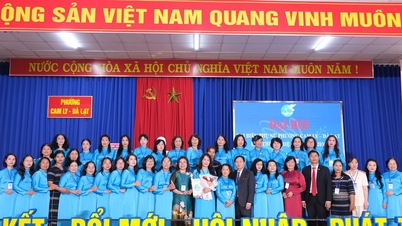
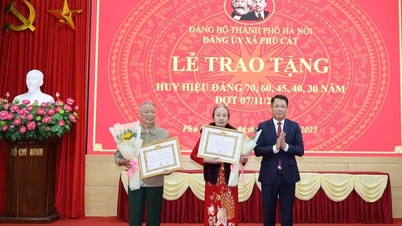












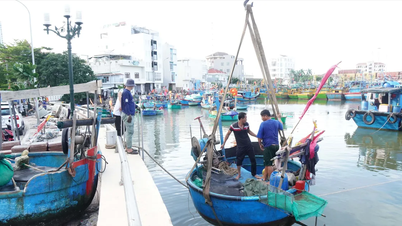




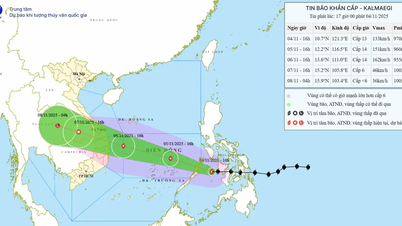


































































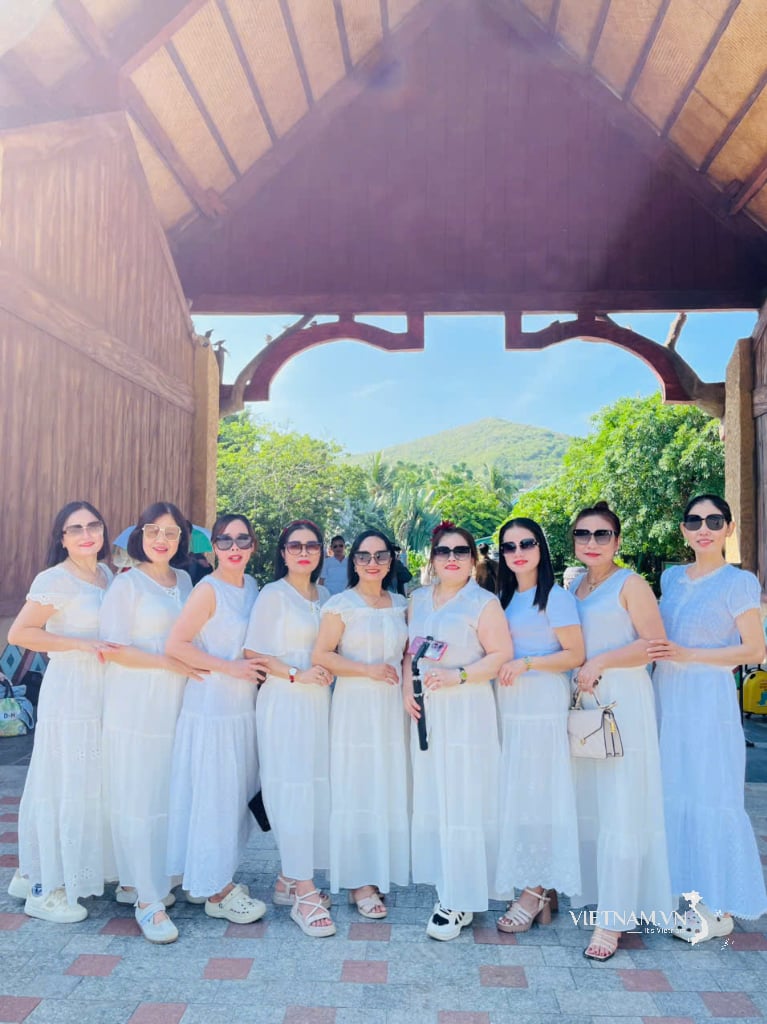

Comment (0)